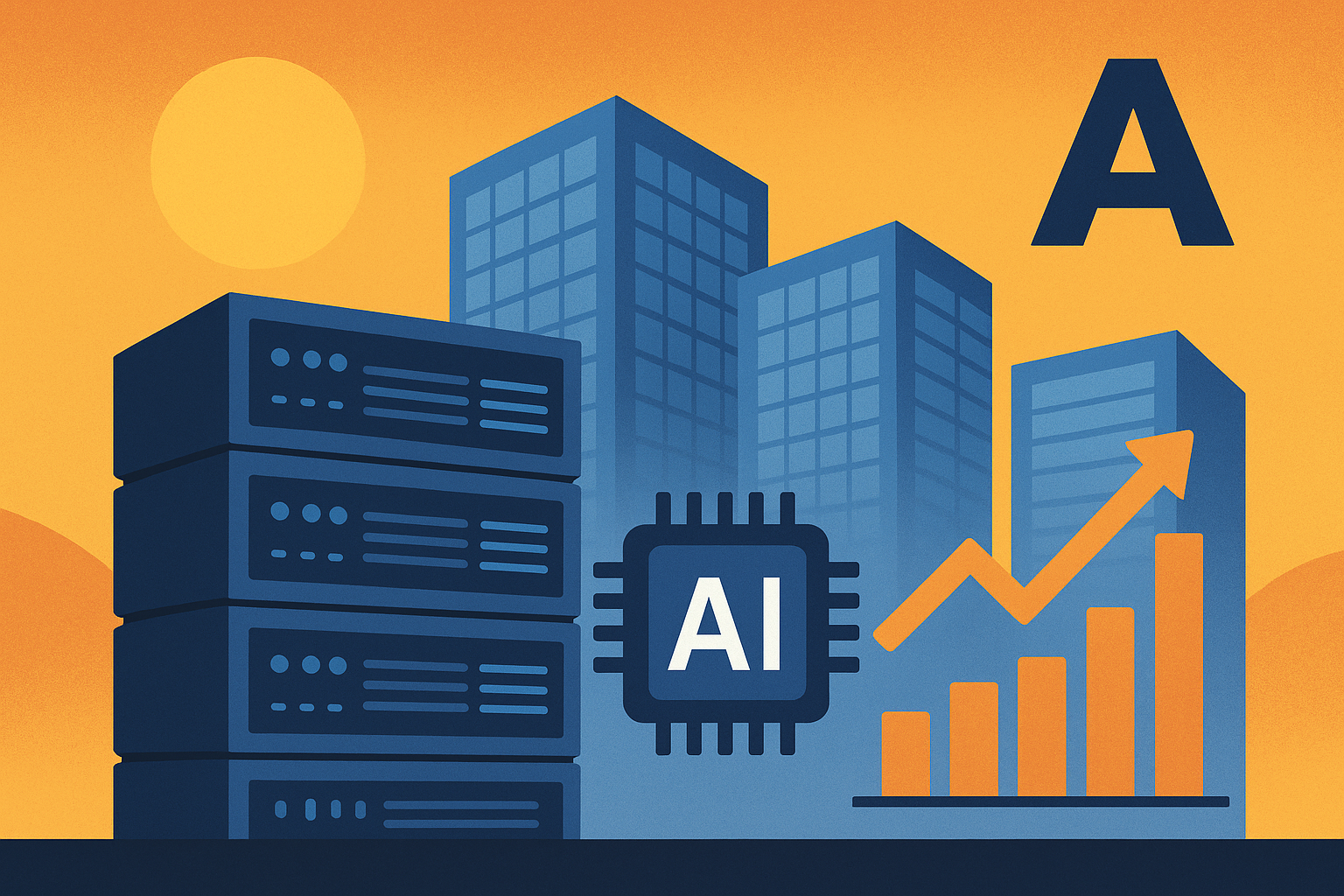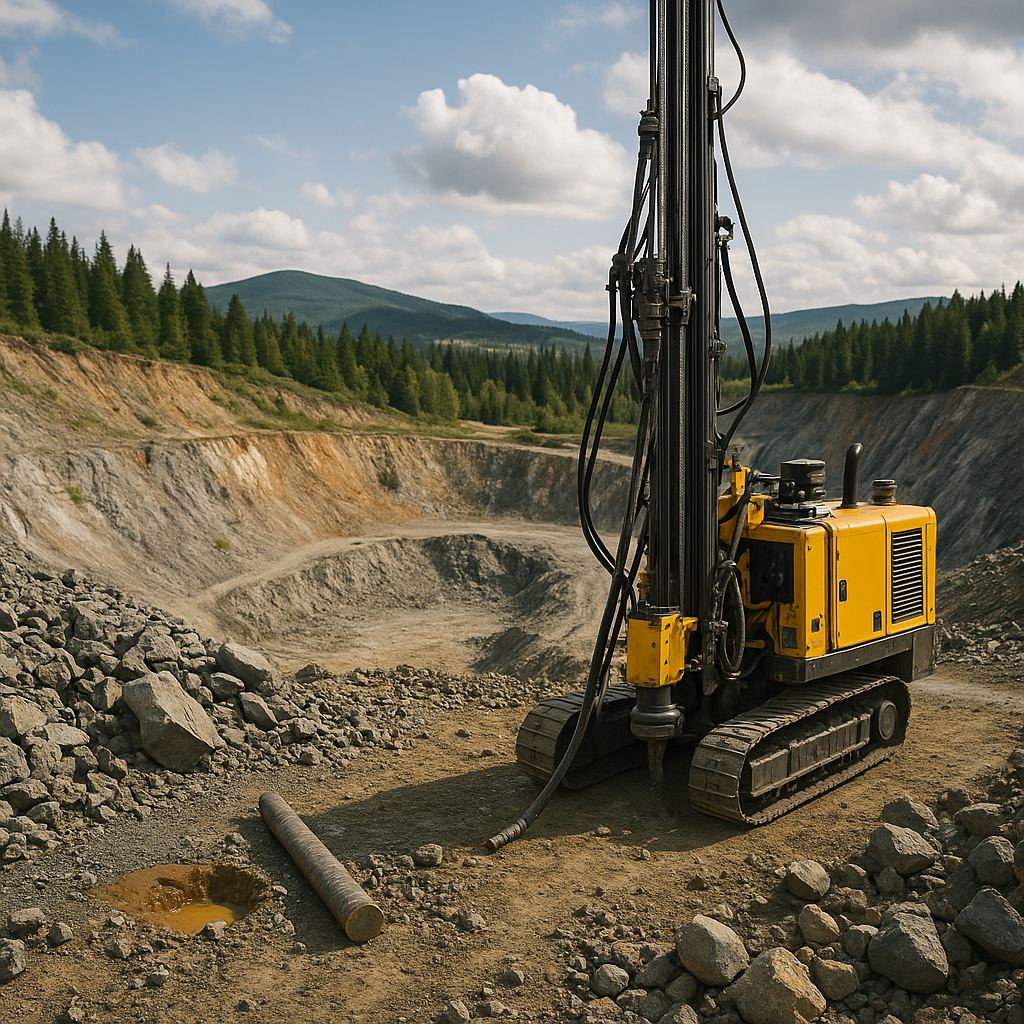The artificial intelligence boom is shifting from software breakthroughs to a full-scale infrastructure race. Nvidia, OpenAI, and other industry heavyweights are now committing upwards of $100 billion to build out next-generation data centers—a sign that the “compute layer” has become the true battleground for AI dominance. For investors, this surge in capital expenditure raises both powerful opportunities and looming risks as companies scramble to control the backbone of AI’s future.
The New Frontier: Compute Power Over Algorithms
Just two years ago, discussions around AI leadership centered on model development—whose algorithms were smarter, faster, or more efficient. Today, the debate has shifted to infrastructure. According to Axios, AI leaders are pouring unprecedented sums into building hyperscale data centers equipped with advanced GPUs, networking systems, and cooling technologies.
Nvidia, whose chips dominate the AI market, has reportedly expanded its partnerships with hyperscalers, while OpenAI and Microsoft are accelerating their own cloud-linked capacity. The sector is quickly becoming capital intensive: Goldman Sachs estimates global AI infrastructure spending could exceed $1 trillion over the next decade, rivaling traditional energy and transportation sectors.
This transition underscores a fundamental truth for investors: control over computing infrastructure—not just algorithms—will likely determine which firms capture long-term market share.
Why This Matters for Investors
A Supply Chain in Motion
Data centers are not built in a vacuum. This surge is rippling across multiple sectors:
- Semiconductors: Nvidia, AMD, and Intel remain direct beneficiaries of AI-driven GPU demand. MarketWatch recently noted that Nvidia’s stake in Intel signals a strategy to secure long-term supply and hedge competitive threats.
- Data Center REITs & Builders: Equinix, Digital Realty, and Brookfield Infrastructure are attracting investor interest as hyperscalers look for expansion partners.
- Energy & Cooling Systems: With power and heat management becoming critical bottlenecks, companies in advanced cooling (like immersion cooling startups) and energy providers are poised to benefit.
Risks of Overcapacity
While the numbers appear staggering, they also highlight a cautionary tale. The telecom industry in the early 2000s built far more fiber capacity than demand initially required, leading to years of underutilized assets. Analysts warn a similar risk could play out in AI: if user adoption or enterprise AI monetization lags, firms may face costly write-downs.
Investor Positioning
The opportunity lies in picking companies with secured long-term contracts or vertical integration strategies. Nvidia’s expansion into data center design, and Microsoft’s move to bundle AI compute with enterprise contracts, serve as examples of mitigating utilization risk. Meanwhile, investors should closely track which firms demonstrate pricing power in a high-capex environment.
Future Trends to Watch
- Energy Security Becomes Core to AI Expansion
Building data centers at this scale requires vast energy inputs. Expect partnerships with renewable providers, as governments increasingly demand carbon-neutral commitments from tech leaders. - Geopolitical Dimensions
Nations are treating AI infrastructure as a strategic asset. The U.S. and China are competing to secure domestic supply chains, with export controls on advanced chips reshaping global flows. This adds both opportunity and volatility for investors in semiconductor and infrastructure stocks. - AI Infrastructure as an Asset Class
The sheer capital inflow could create new asset classes around “compute capacity,” with private equity and sovereign wealth funds eyeing direct exposure. FT recently reported that Nvidia-backed Nscale raised over $1.1 billion from institutional investors, reflecting institutional demand for infrastructure-as-a-service.
Key Investment Insight
Investors should focus on three pillars:
- Semiconductors: Maintain exposure to firms with dominant market share and strong demand visibility.
- Infrastructure Builders: Look for REITs and utilities with high exposure to AI data centers.
- Risk Mitigation: Avoid over-concentrated plays on early-stage AI firms without proven monetization paths.
The data center arms race is a defining trend for the next decade. While overcapacity risk remains real, the beneficiaries of this wave—chipmakers, cloud providers, and infrastructure enablers—are likely to capture substantial upside as AI reshapes the global economy.
For daily, investor-ready insights into AI, commodities, and global markets, stay with MoneyNews.Today—your trusted source for actionable financial news.





